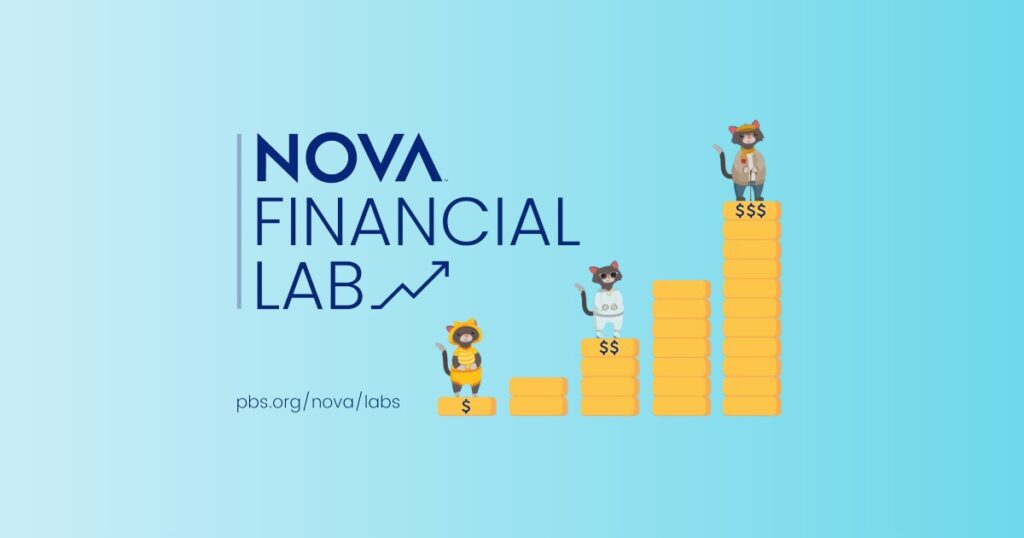K-2
Funny Money or Phony Money?
Money is what we use to show what goods or services are worth. When you do work, you are paid with money. When you sell something, the buyer gives you money. Sometimes it’s a lot of money and sometimes it’s just a little money. How much money you are given depends on how mu…
Lesson











